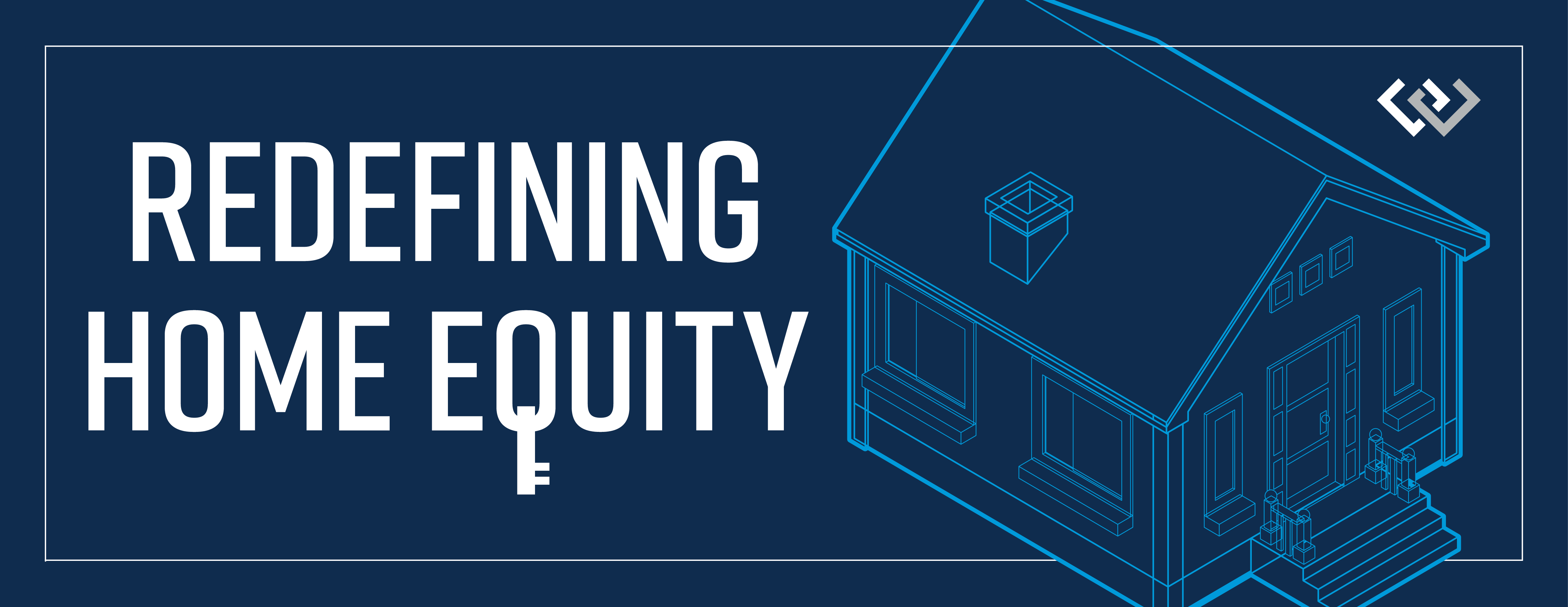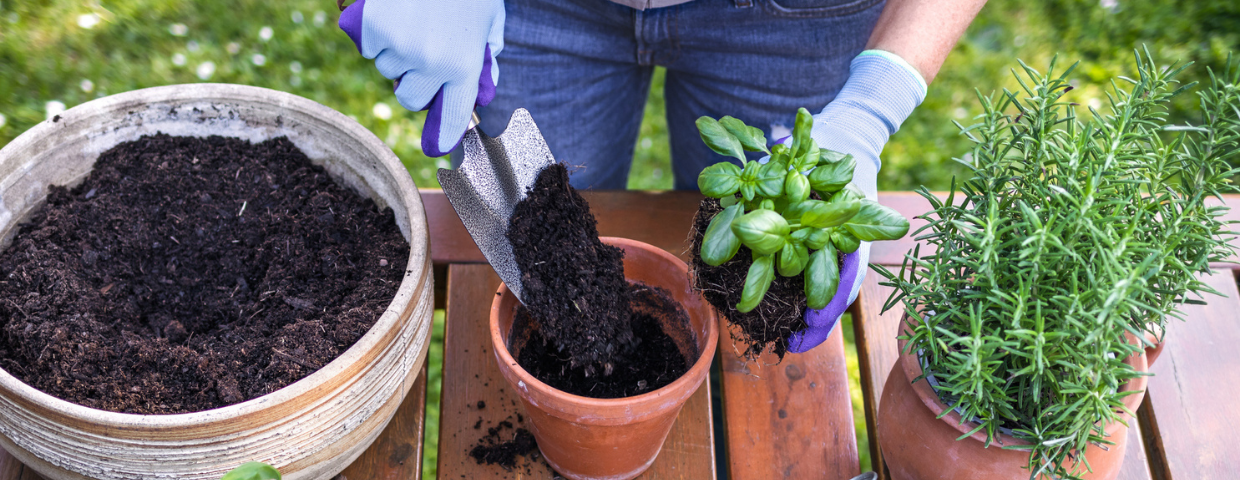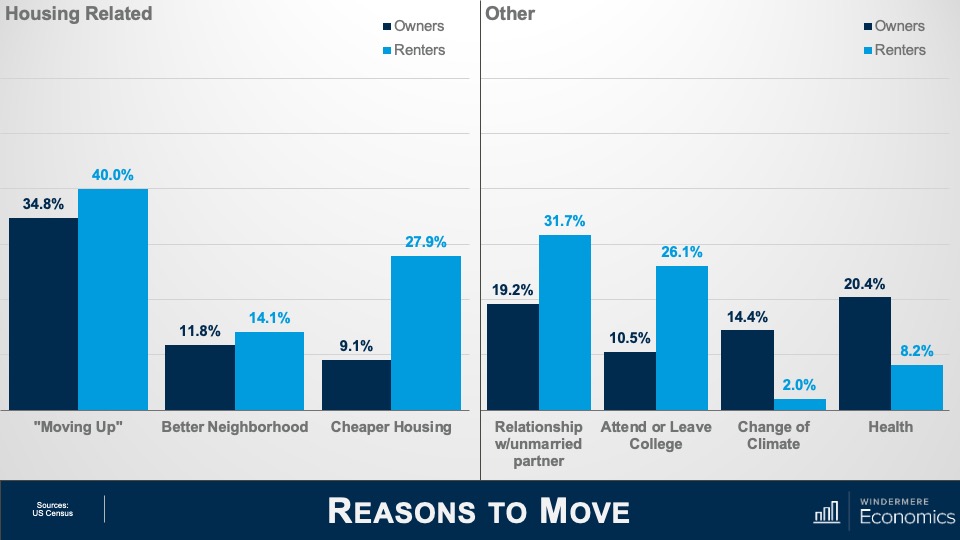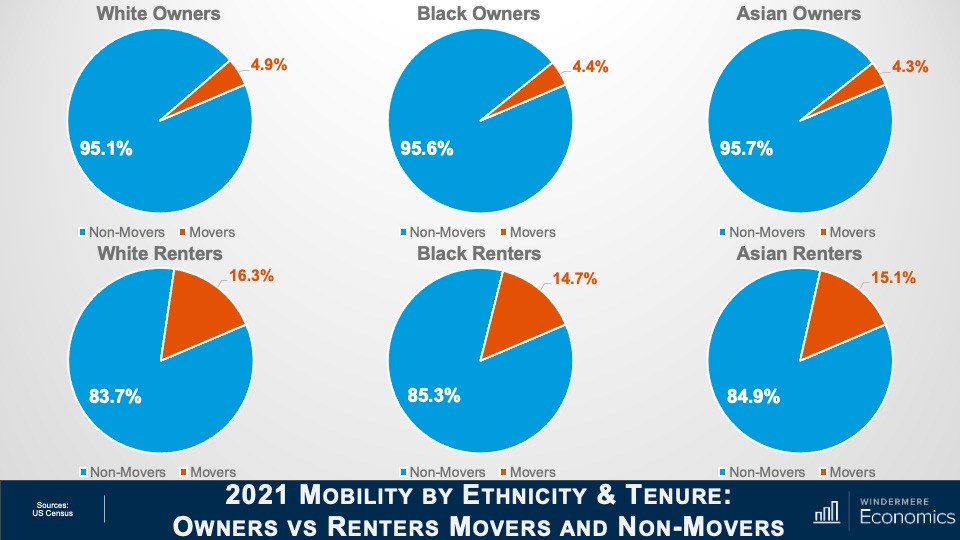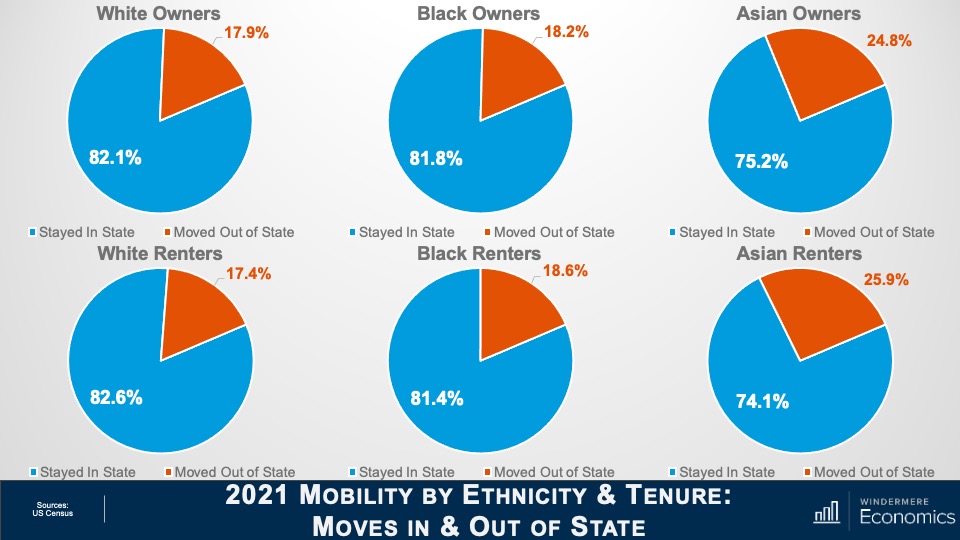Windermere offices close for business every year in June to participate in Community Service Day, an annual tradition since 1984 where our agents, staff, and franchise owners spend the day volunteering in their communities. We’ve gathered a handful of stories to share a glimpse of what Community Service Day 2022 looked like around our network.
Windermere Real Estate Professionals – Boise, ID
With inflation soaring, the Windermere Real Estate Professionals office in Boise, Idaho identified a food drive as a way to make a positive impact in their community for this year’s Community Service Day. Partnering with the Windermere Boise Valley office, they ran a food drive for two weeks, resulting in 520 pounds of food donations to the Idaho Food Bank. Seven staff members participated in food delivery and volunteered at the food bank to package 2,100 pounds of pinto beans to be distributed out into the community. For every one dollar raised, the Idaho Food Bank was able to provide four meals for community families in need.

Pictured back row from left to right: Linda Evans, Lindsey Olson, Jason Smith, Mindi McCallister – Bottom row left to right: Tina Perry, Denise Hapner, Marissa Musgrave – Image Source: Lindsey Olson
Windermere Portland-Lloyd Tower NE – Portland, OR
The Windermere Lloyd Tower office showed up in strong numbers for a city-wide cleaning project in Portland, Oregon. Working with SOLVE, a local organization dedicated to the restoration and preservation of Oregon’s environment through the mobilization of volunteers, they made their way through the city picking up trash and clearing debris.

Pictured: Daniel Fagan, Claudia Pinedo, Ahna Austin, Josh Velasquez, Melissa George, Regina Cameli, Tyler King, Lori Bennett, Carmel Siler, Beth Kellan, Rob McElroy, Jeanine R. Dixon, Doug Meyer, Scarlet Eikrem, Cynthia Chase, Megan Barrett, Katie Bennett, Sean Kelly, Desireé Moore, Darren? + last signature – Image Source: Susie Hunt Moran
Windermere Northwest Living – Vancouver, WA
Windermere Northwest Living in Vancouver, WA has close ties to local Fruit Valley Elementary, a school whose foundation they have donated food to in the past. The office held a food drive to support students in need facing food insecurity, gathering over $3,000 in food donations. For the first time since 2019, the students were able to receive the donations in person. Windermere Northwest Living followed up the food drive with a donation to the school’s foundation from their brokers, staff, and clients totaling $12,000.

Pictured: Nataliya Thomas, Lynn Posselt, Sue Wolfe, Tyneil Thompson, Connie Bovee, Dayna Freitag, Karen Cleveland, John Blind, Dean Lane, Halle Sessions, Lauren Cooper, Hollie Sessions, Barbara Corigliano, Gretchen Finn, Steph Tornaw, Chad Sessions, Mike Lamb, Libby Murphy Benz, Gerry Dowdy-Latshaw
Windermere Northern Colorado – Fort Collins, CO
Deeply involved in supporting the housing needs of their community, Windermere Northern Colorado found the perfect partner for their Community Service Day efforts in Neighbor to Neighbor, an organization providing sustainable housing, supportive services, and education to Larimer County, CO locals. A group of agents and staff gathered to build handicap-accessible raised garden beds to support the residents’ gardening and sustainable food practices.

Pictured left to right: Paul Hunter, Pete Jordan, Brandon Bidwell – In background: Heather Patel and son – Image Source: Windermere Northern Colorado / Fort Collins
Windermere Lake Oswego – Lake Oswego, OR
The COVID-19 pandemic has put added pressure on households already experiencing domestic violence; a truth that is not lost on the Windermere Lake Oswego office. Accordingly, they sought to support local women and children facing these issues by partnering with Clackamas Women’s Services, an Oregon City-based organization providing critical services to domestic and sexual abuse survivors and their families. Members of the Lake Oswego office spent the day volunteering at a soon-to-open CWS shelter that will support survivors in their program and provide them a safe place to stay. Windermere agents and staff donated food and toiletries, sorted donations, cleaned windows, and swept floors to get the shelter ready to open its doors.

Pictured left to right: Sandy Fogle, Patty Black, Bill Futrell, Sandi Sheets, Alexis Halmy, Alta Strayhan, Kerri Miller, Natalie Jackson, Linda Crumb, Laurie Bornstein, Christi Kraus, Dennis Kelly – Image Source: Christi Kraus
Windermere Northwest Living – Longview, WA
Windermere Northwest Living in Longview, WA focused their community service efforts on two local organizations—Lower Columbia School Gardens and Habitat for Humanity—with a variety of gardening and planting projects. Agents and staff divided into two groups: one group pulled weeds, pruned trees, and prepared garden beds for Lower Columbia students’ classes, while the other laid sod, built a deck, and laid flooring for the Habitat for Humanity project.

Pictured left to right: Kellie McIvor, Vicki Sturm, Tami Cheatley, Tara Lundin, Kari Gott, Sherry Bjorhu, Kayla Duckworth, Nicole Graichen, Kaylie Kingsley, Baby Jack Kingsley, and Jayme King – Image Source: Kari Gott

Pictured left to right: Hollie Sessions, Chad Sessions, Halle Sessions, Bobby Lundin, Amanda Kurtti, Amelia Glassett, Tim Glassett, Shelby Alred, Barbara Stephenson, Kevin Campbell, Megan Rogers, Abby Davis, Chad Earhart, Lilly Cress – Image Source: Kari Gott
Windermere Bozeman – Bozeman, MT
Over in Montana, the Windermere Bozeman-Downtown office was hard at work supporting Eagle Mount, an organization that provides recreational opportunities for people with disabilities and young people with cancer. Agents and staff helped Eagle Mount set up for “The Western Rendezvous,” the organization’s largest annual fundraiser consisting of live and silent auctions. The Windermere volunteers set up tables and chairs and hung decorations in preparation for a successful event.

Pictured: Dina Emmert, Kim Stevens, Mike Stem, Amy Swanson, Joe DePew, Bobby Goodman, Kevin Schwartz
 Facebook
Facebook
 X
X
 Pinterest
Pinterest
 Copy Link
Copy Link




